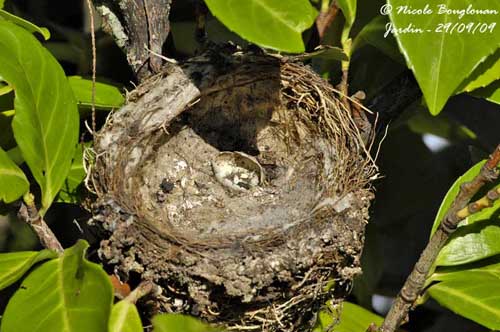
Text by Nicole Bouglouan
Photographers:
Roger Ahlman
Pbase Galleries Peru and Ecuador & My bird pictures on IBC
John Anderson
John Anderson Photo Galleries
Tom Grey
Tom Grey's Bird Pictures & Tom Grey's Bird Pictures 2
Patrick Ingremeau
TAMANDUA
Eduardo Andrés Jordan
MIS AVES – AVES DE ARGENTINA
Otto Plantema
Trips around the world
William Price
PBase-tereksandpiper & Flickr William Price
Alan & Ann Tate
AA Bird Photography
Nicole Bouglouan
Photographic ramble & My pictures on IBC
These images and the text are subject to copyright and cannot be used without express authorization from the owners. Legal issues
Sources :
L’ENCYCLOPEDIE MONDIALE DES OISEAUX - Dr Christopher M. Perrins - BORDAS - ISBN: 2040185607
Wikipedia, the free encyclopaedia
Bird nests: Variety is Key for the world’s avian Architects
Be on the lookout for bird nests
The design and function of birds' nests
The bird and its nest, where everything starts…
Page 1 : Generalities and various nest shapes
At the beginning of the breeding season and following several courtship displays, the nest-site is selected by the pair, or one of the members of the pair, and the nest is built within this area. For numerous species, the nest is the place where displays and copulation occur. It plays a very important role during the nesting period. It is the cradle of the chicks, the place where the adults feed them prior to their first flight towards independence.

The nest-site is the result of a difficult selection. This place must give the birds all they need to get a good breeding success, with security first.
The nest-site is usually chosen because it is inaccessible to predators like the nests of numerous seabirds on seacliffs, only accessible to them. Other nests are placed high in trees for the same reason, but the burrows of petrels and allies are vulnerable to introduced mammals on islands. The nests placed on the ground are exposed to predation by mammals but also avian species, and especially Birds of Prey, Corvidae, Stercorariidae, Strigidae and others… depending on the location.
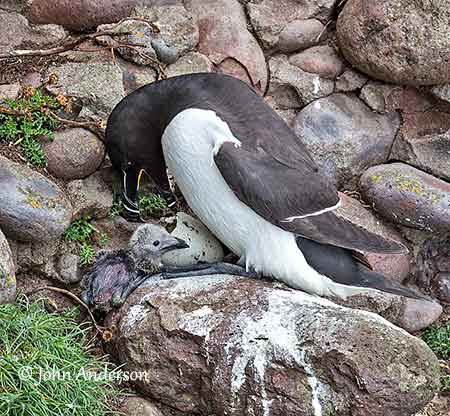
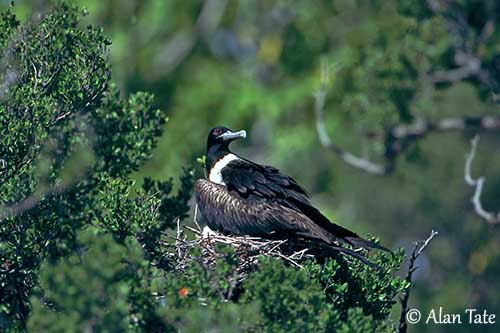
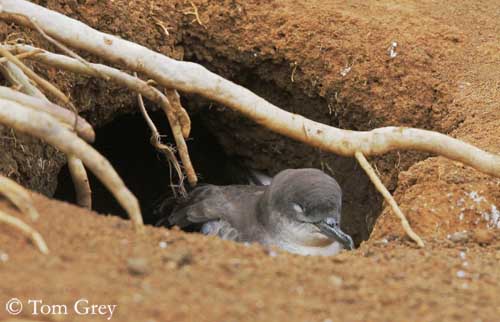
Usually, the colour of the eggs of nests placed directly on the ground is cryptic, making them almost invisible among grasses or pebbles or on the sand. The adults strongly protect them against predators. They become aggressive and perform some adapted displays, in order to drive intruders away from the nest.
However, the eggs laid in closed nests such as holes in tree trunks, natural cavities or rock crevices, are usually white because they are not visible from outside.
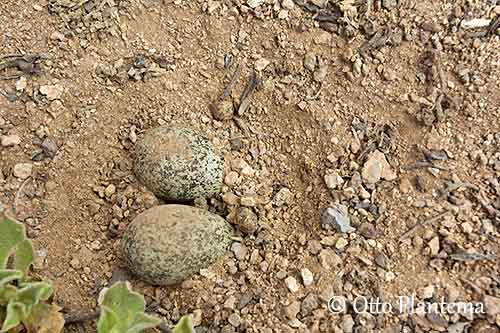
The nests of Columbidae are usually loosely built. This is a way to make a natural selection, because these birds often breed all year round. They have two eggs per clutch, but as the nests are loosely done, some eggs fall to the ground between the twigs and only one chick survives.
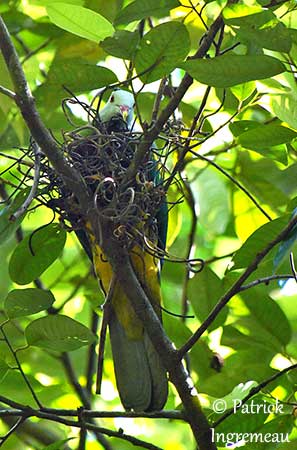
The nest is really typical of each bird family, and is closely related to the needs of each species. It usually reflects the environment in which the birds are living. It is made with materials found in the vicinity or around the nest-site. However, place, shape and size vary greatly according to each species, family and order.
We can find a wide variety of nest shapes such as shallow depression or scrape in sandy soil or grassy area, tunnel dug into river bank, rock crevices, cliff ledges, hole in tree trunk or in top of stump, typical stick nest, simple platform or domed nest built in tree, bush, shrub or scrub, hanging nest, floating structure, eggs hidden under rotting pile and earth or among tree roots, structure built with mud and saliva and placed on branches or against walls, truncated cone of mud and guano with depression at top, large communal nest with several entrances… the list is very long!
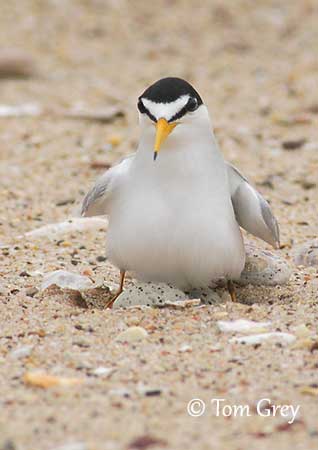
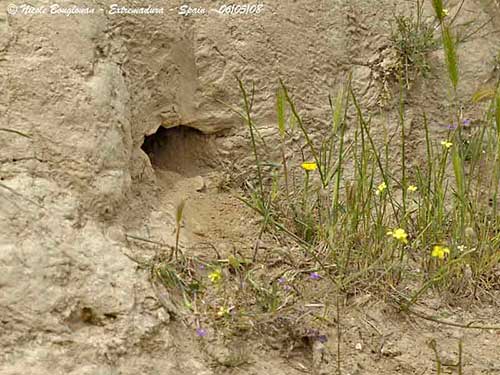

On the nest
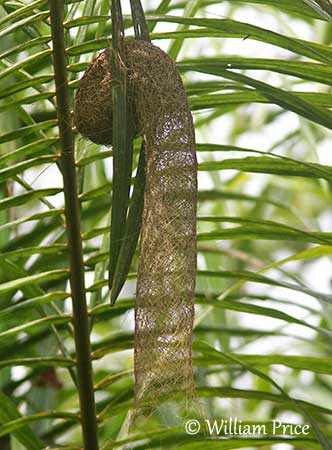

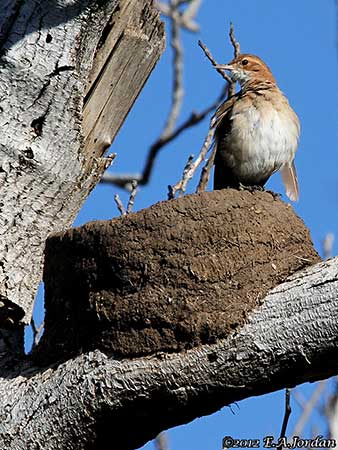
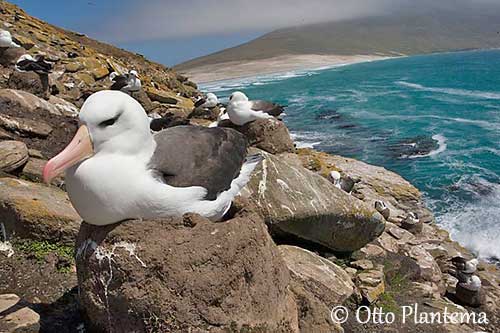
On the other hand, some birds do not build a nest. The parasitic species lay their eggs in the host’s nest, whereas the White Tern lays its single egg on a bare surface such as branch or roof, and the largest Spheniscidae lay their egg on the icy ground and incubate it on their webbed feet.

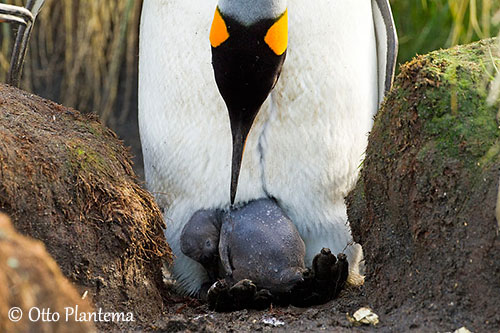
We can also mention the spectacular nests of the bowerbirds, but they are only used by males for courtship.
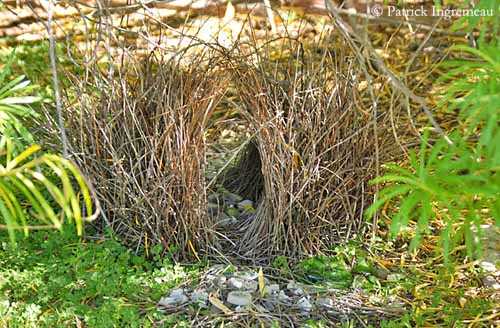
A new nest is usually built each year, but several species reuse the nest of the previous years. The large eagle’s nests (or eyries) are reused for several following years and refurbished. Outside the breeding season, the resident species use their nests for roosting or build a special structure only used as roost.
TO BE CONTINUED... PAGE 2